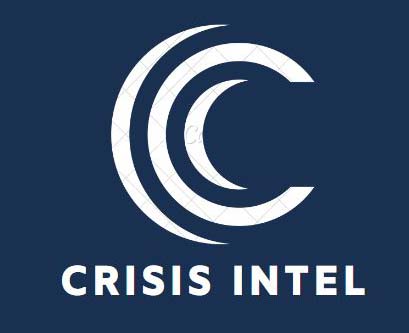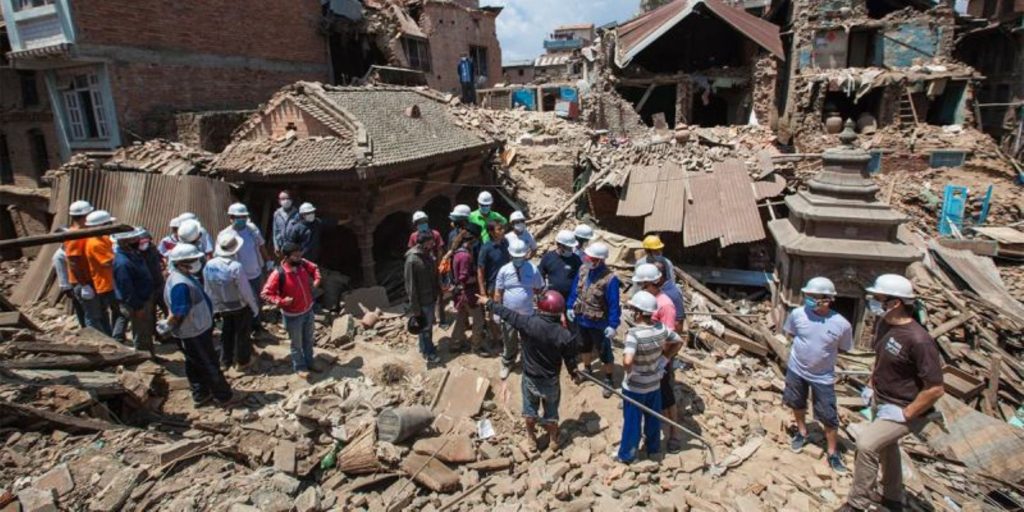When considering post-disaster recovery and rebuilding efforts, several factors are of utmost importance:
Damage Assessment: This is the first step after the initial response phase. Understanding the extent of the damage to infrastructure, homes, and public facilities allows for effective prioritization of restoration efforts.
Restoration and Clean-up: Coordinating debris removal and clean-up operations is crucial to restore functionality and safety to affected areas, which can facilitate the return of residents and resumption of normal activities.
Provision of Basic Needs: Disaster-affected populations may require temporary shelter, food, and essential services. Ensuring the provision of these basic needs is vital to their survival and well-being.
Psychosocial Support: A disaster can have a significant impact on the psychological and emotional well-being of survivors. Offering counseling and support programs can help survivors cope with their experiences and trauma.
Recovery Planning: Developing a comprehensive recovery plan is critical. This should encompass social, economic, and environmental aspects, with clear goals and steps to achieve them.
Community Engagement: The involvement of community stakeholders in the recovery process is paramount. This includes residents, businesses, and NGOs. Their input can ensure that recovery efforts are relevant, sustainable, and well-received.
Resilience Building: Finally, implementing measures to enhance resilience and mitigate future risks is a key component of the rebuilding phase. These measures could include strengthening building codes, improving early warning systems, or implementing landscape changes to better withstand future disasters.
Effective post-disaster recovery and rebuilding are not just about restoring what was lost, but also about building back better to ensure communities are more resilient and better prepared for future disasters.

